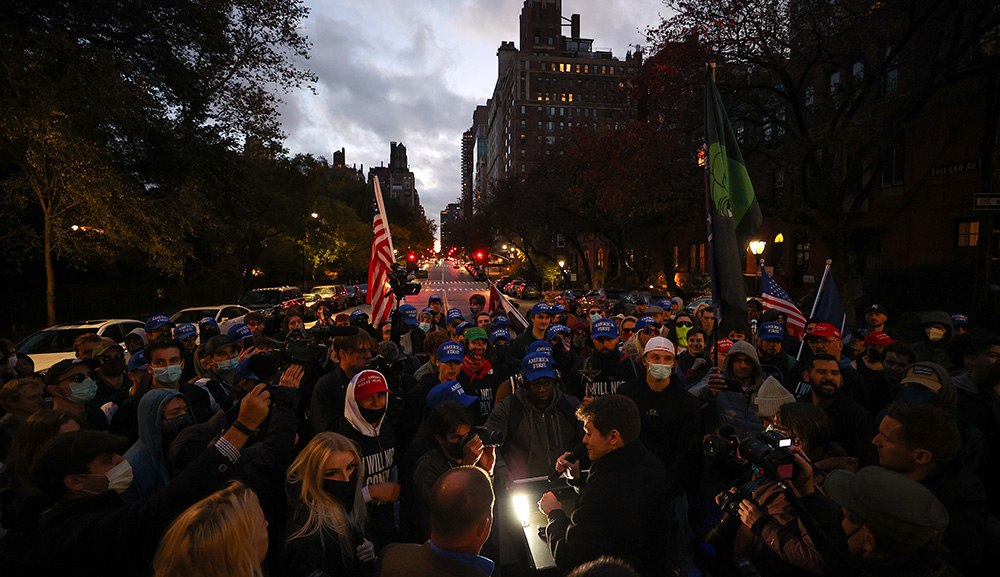After the National Library of Israel, Harvard University’s library has the world’s largest Judaica collection. Lydialyle Gibson profiles Charles Berlin, who oversees it, and the treasures it contains:
This September marks Berlin’s 60th anniversary with the Judaica Division, which is also turning 60; . . . the division’s holdings (which amount to 5 percent of Harvard Library’s total) include books, periodicals, maps, musical scores, posters, photographs, audio and visual recordings, and all kinds of ephemera. For instance: the assemblage that decorates the metal filing cabinets in Berlin’s office—dozens of refrigerator magnets, from cities around the world, listing local Shabbat candle-lighting times. “Most people will get this from their synagogue once a year,” says the Judaica collection specialist Vardit Samuels, “and afterward they’ll throw it away.” It’s the kind of artifact that’s rarely preserved, except in places like this.
Harvard’s collection of Judaic artifacts dates back to the Puritans. Among the books that John Harvard left to the College in 1638 were a number of Hebrew grammars, and Hebrew was a part of the curriculum from the beginning. (The first president, Henry Dunster, was a Hebrew scholar.) The College Library’s catalog from 1723 lists Hebrew rabbinic texts printed in Italy and the Netherlands, along with Latin translations of Hebrew texts (all, however, destroyed in the fire that consumed Harvard Hall in 1764). More items arrived during the 18th and 19th centuries: 2,000 Yiddish publications donated in 1898, plus smaller and more specialized Judaica collections in the law and medicine libraries.
To keep up the collection, Berlin works with a worldwide network of booksellers and volunteers who send him rare books, posters, wedding and bar-mitzvah invitations, and much else:
“We have people of goodwill who understand how important this is,” Berlin says. “Without them, we would not have this material. It would be lost, basically, forever.” . . . The vendors and volunteers who supply the collection are helping fulfill what Berlin calls “a moral obligation.” Jewish culture, in all its forms, is “an important record of humanity,” he says. “And we want to preserve it.”
More about: Christian Hebraists, Harvard, Judaica, Libraries


